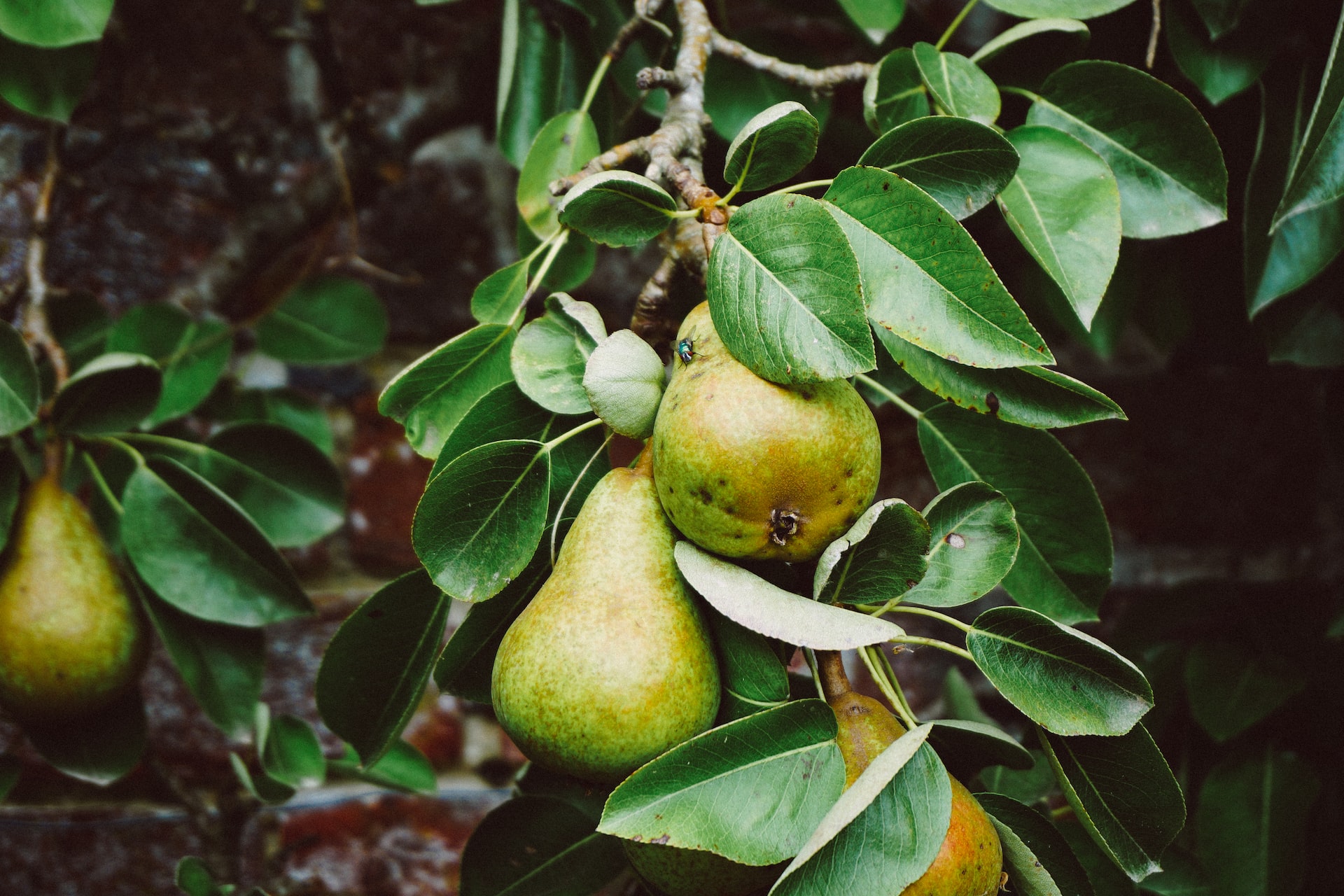Pears: The Nutritious and Delicious Fruit with a Rich History

Pears are a type of fruit that is native to Europe and Asia and is widely cultivated and consumed around the world. They are known for their distinctive shape, smooth or rough skin, and sweet or tart flavor. Did you know that pears are a member of the rose family and are closely related to cherries, apples, and plums?
Cultivation and Distribution
- Pears are grown in a variety of climates, from tropical to temperate, and are widely cultivated in countries such as the United States, China, and Italy.
- They are grown on small, flowering trees or shrubs that can reach up to 30 feet in height and are typically grown in orchards or backyard gardens.
- Did you know that pear trees can live for up to 50 years and produce fruit for up to 30 years?
- There are many different varieties of pears, which can vary in size, shape, color, and flavor.
Types of Pears
Within these categories, there are different varieties of pears, including:
- Bartlett pears: medium-sized and round or oval-shaped, with yellow or red skin and a sweet flavor
- Anjou pears: medium-sized and round or oval-shaped, with green or red skin and a sweet flavor
- Bosc pears: medium-sized and long and narrow, with brown skin and a sweet, slightly spicy flavor
- Asian pears: small and round, with yellow or brown skin and a crisp, crunchy texture
Did you know that pears are often eaten fresh, sliced, added to sandwiches or salads, or cooked in a variety of dishes such as pies, tarts, and cobblers? They can also make jams, jellies, and chutneys, or be dried and added to cereals, granolas, and trail mixes.
Nutrition and Health Benefits
- Pears are a good source of nutrients and offer a range of health benefits.
- They are high in antioxidants, which can help to reduce the risk of heart disease and certain types of cancer.
- Pears are also a good source of vitamin C and potassium, which can help to support immune function and maintain healthy blood pressure.
- Did you know that pears are a good source of vitamin K, which is important for maintaining healthy bones and proper blood clotting?
- In addition to these nutrients, pears are also a good source of dietary fiber, which can help to support digestive health and prevent constipation.
Uses and Preparation
- Pears are a versatile fruit that can be used in a variety of dishes and drinks.
- When preparing pears, it is important to wash them thoroughly and remove any stems or leaves before eating or cooking. It is also important to remove the seeds before eating pears, as they can be a choking hazard.
- Pears can be eaten fresh, sliced, and added to sandwiches or salads, or cooked in a variety of dishes such as pies, tarts, and cobblers.
- Pears can also be used to make jams, jellies, and chutneys, or dried and added to cereals, granolas, and trail mixes.
- Did you know that pears can also be used to make syrups, liqueurs, and other alcoholic beverages?
When selecting pears, look for ones that are firm but not hard, and avoid ones that are bruised or have soft spots. Pears can be stored at room temperature until they are ripe, and then should be refrigerated to keep them fresh.
And, finally!
Pears are a delicious and nutritious fruit that is widely cultivated and enjoyed around the world. With their sweet or tart flavor, smooth or rough skin, and many health benefits, they are versatile fruit that can be used in a variety of dishes and drinks. From pies and tarts to salads and cocktails, there are countless ways to enjoy this juicy and flavorful fruit.





